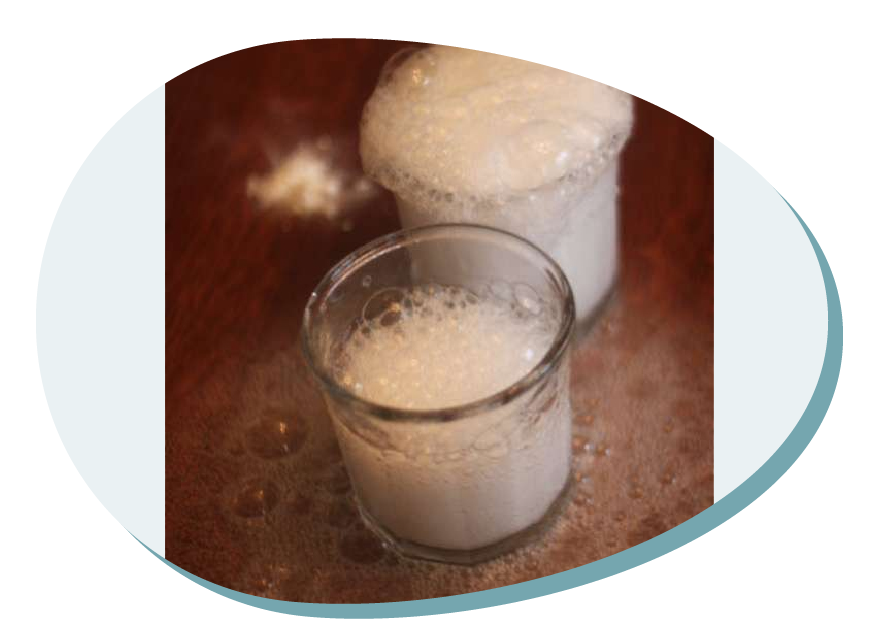Baking soda and Vinegar
Type of resource: Blog, guidelines
Web address https://handsonaswegrow.com/baking-soda-vinegar/
Language: English
Description
Experiment with vinegar and baking soda and the chemical reaction they create when combined.
Scientific concept introduced
Carbon dioxide, acid, base, reaction.
Creative and critical thinking
To discover how this experiment can be related with nature.
Mathematical reasoning
To measure the different ingredients.
To classify the different results.
To develop the ability to observe and discover.
Scientific thinking
To ask questions.
To design experiments.
To test hypotheses.
Learning how to learn
Motivation to learn and engage.
Additional
Use of hand-eye coordination.
Fine motor skills when pouring ingredients.
Writing (the number of spoons of vinegar)
Baking soda and Vinegar
Overall aims
To develop the ability to observe and discover
To strengthen the research attitude of children.
To improve children’s problem-solving (take initiative).
To create the learning opportunity for explaining the concepts of time, reaction, introduce the concepts of acid and base
To use literacy in a significant context
Vocabulary – keywords should be understood
Carbon dioxide, acid, base, reaction.
Expected learning outcomes (operational aims)
To run the experiment
To understand that one ingredient has to be constant and the other must vary to be able to compare
To measure the ingredients
To explain (begin to grasp) the concept of reaction
To measure or calculate the time
To discover the different reactions linked with quantity of vinegar (three first experiments) and with order of pouring ingredients (fouth experiment)
STEM skills – to which the learning unit is related to
CORE STEM SKILLS
● Asking questions.
● Designing experiments.
● To test hypothesis
● Drawing conclusions based on results.
● Motivation to learn and engage.
● Self-discipline and self-regulated learning (cognitive autonomy).
ADDITIONAL SKILLS
Sharing ideas
Hand-eye coordination
Basic literacy: writing the number of tablespoons of vinegar
Teaching methodologies/activity outline
1- Ask questions such as: Do you know what happens if you mix vinegar and baking soda? Let´s do an experiment to find out!
2- Ask questions such as– Would it be the same if we put 1,2,or 3 tablesspoons of vinegar? How can we do it?
3- Show the children three glasses and ask them to put, in each glass, one, two, or three tablespoons
4- Ask the children to write the number of tablespoons of vinegar near each glass.
5- Ask the children: What do you think will happen? Which glass will have more fizz?
Give the children time to formulate hypotheses
6-Ask the children to add one tablespoon of baking soda to each glass.
7- Ask the children to tell what happened: What glass has more fizz?
Second experiment:
8- Do the second experiment with 4, 5 and 6 following the same steps.
Third experiment:
9- Do the third experiment with skipped numbers: 3, 6 and 12 tablespoons of vinegar.
Fourth experiment:
10- Ask the children: Do you think it will be the same if we pour vinegar to baking soda or baking soda to vinegar? Let the children formulate hypothesis
11- Add 12 tablespoons of vinegar to baking soda and in another glass, baking soda to 12 tablespoons of vinegar
12- Compare the results
Assessment of learning
Initial evaluation
– Get to know the previous knowledge about this chemical reaction
Continued evaluation
– Progressively acquire basic habits of autonomy in everyday actions, to act safely and effectively.
– Think, create, elaborate explanations and start the basic mathematical skills.
– Observe and explore the immediate, natural and physical environment, with an attitude of curiosity and respect and gradually participate in social and cultural activities.
– Use numerals in an appropriate context and significatively.
Final evaluation
– To evaluate the learning objectives, use the chart in which the more important elements will be highlighted.
Equipment and materials to be used in learning unit (tools, ingredients etc)
● Baking soda
● Vinegar
● Glasses
● Tablespoons
● Paper and pencil to write numbers
Kind of setting
Classroom; kitchen
References – source
Baking soda and Vinegar
1. Usefulness for STEM education – integrating content of different disciplines
Cross-curricular character of the resource

The range of S-T-E-M subjects included

The presentation of possibilities of including artistic activities (STEAM approach)

2. Expected learning outcomes
Consistency (links) with preschool core curriculum

Communicativeness of description

3. Methodology of teaching
Clarity, communicativeness of instructions for teachers

Meaningful learning – using practical life problems

Original idea

The level of ease in implementing the methodology to preschool age children

The level of ease in preparing necessary ingredients, materials and equipment needed

4. Sustainability
Ecological characteristics of materials/ results

Supporting healthy eating habits

Relation with local traditions of cooking (using local products)

Low ecological footprint

Possibilities of inclusion (respecting cultural diversity and food intolerances)

5. Class management
Using differentiated forms of work – individual, team work etc.

Individual work

Team work

Whole group
6. Time management

Short activity (10-15 minutes)

Medium activity (20-30 minutes)

Long activity (1 hour or more)

Very long activity (1 day or more)
PDF: https://www.printfriendly.com/p/g/3FLndg

